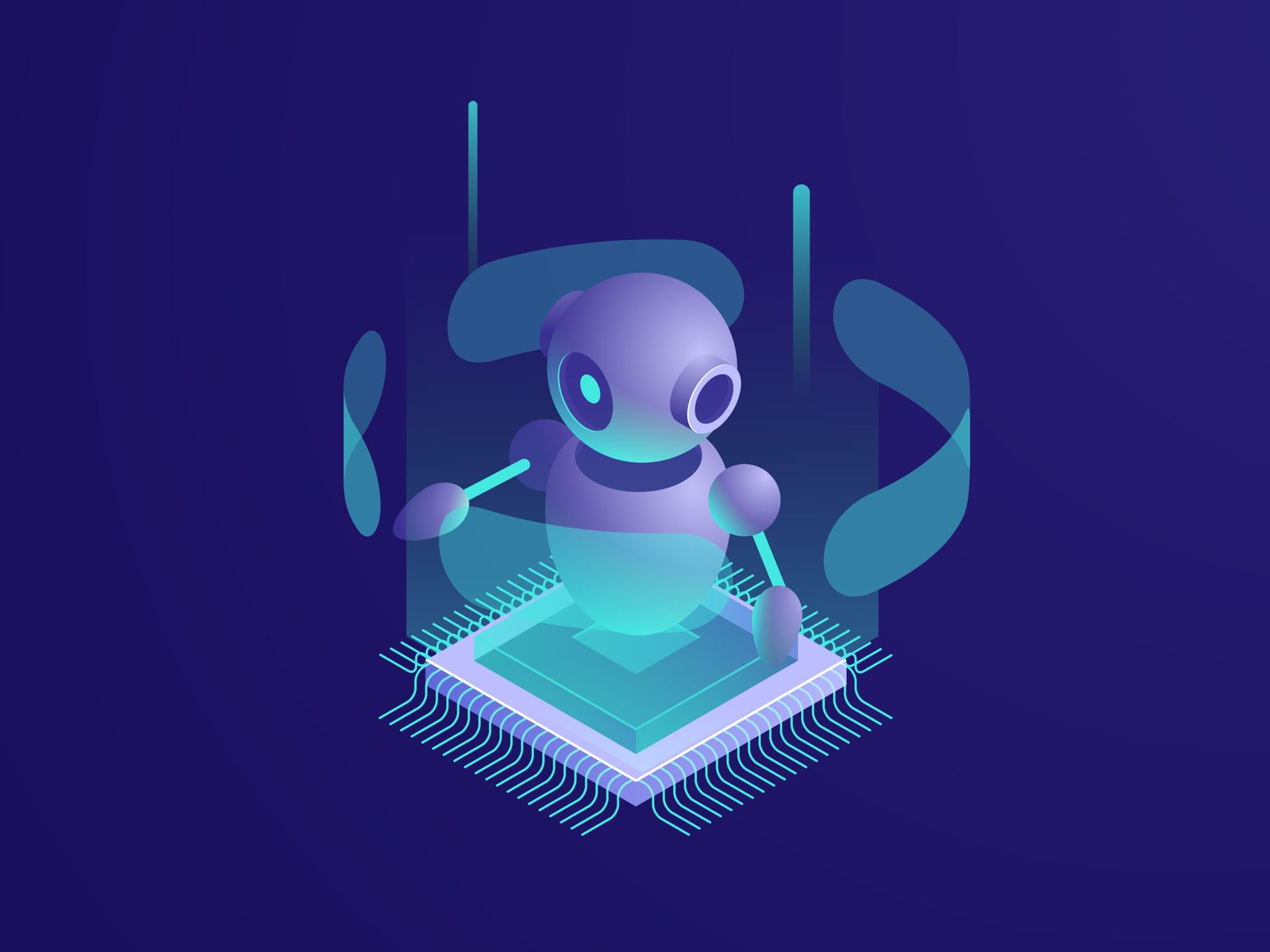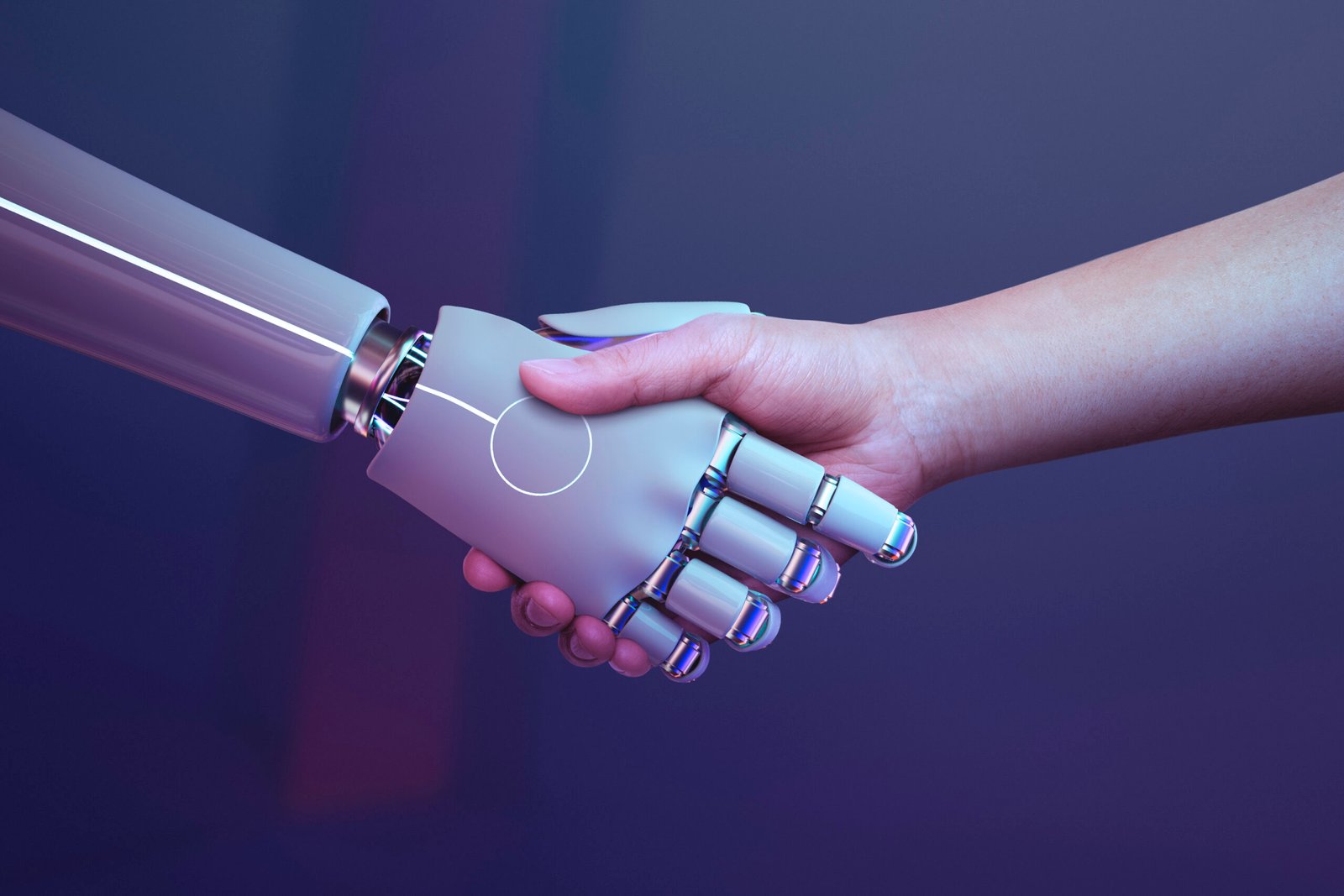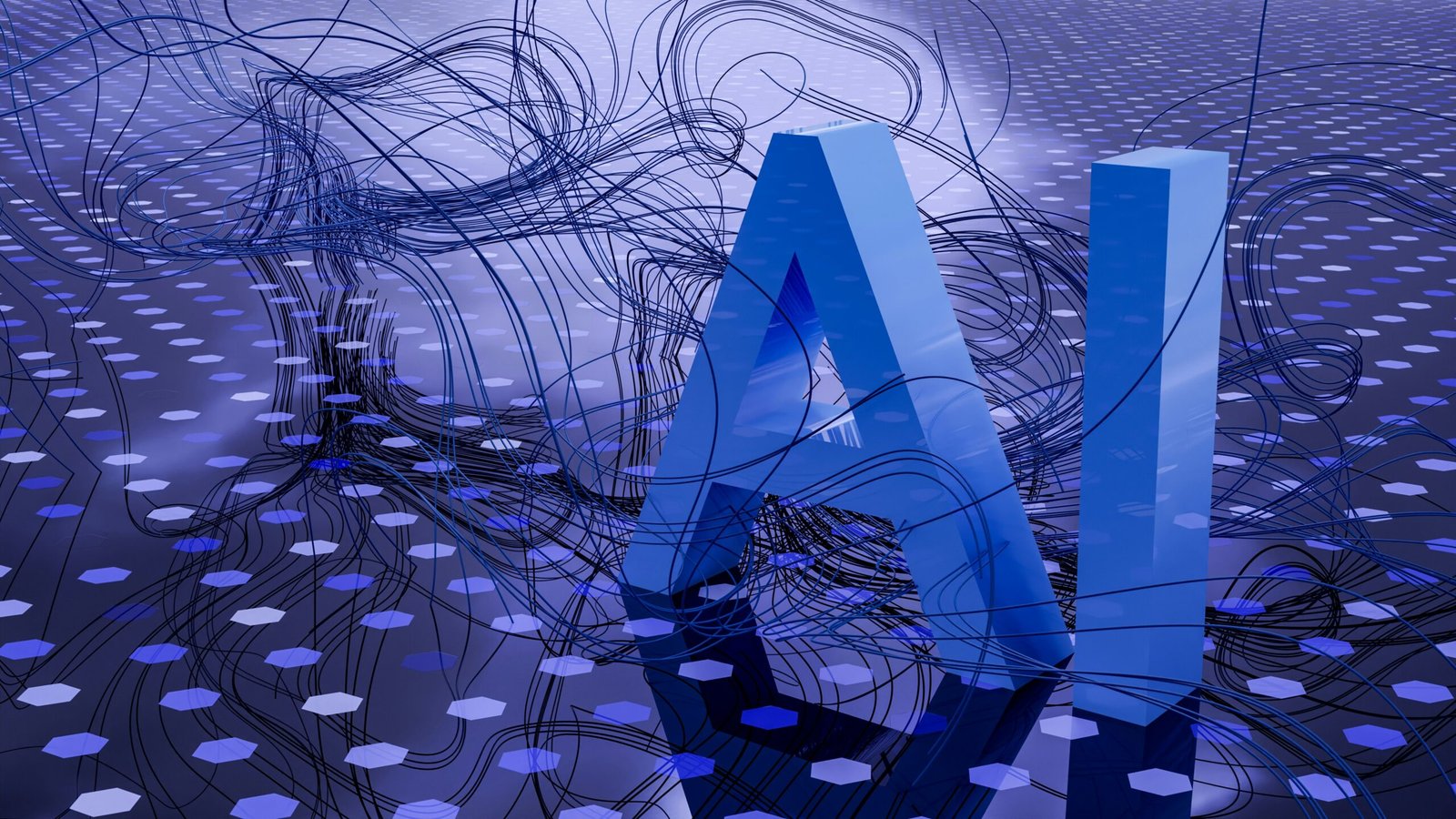Artificial Intelligence (AI) has evolved from a theoretical concept into a transformative technology, reshaping industries, economies, and societies. From early visions in the mid-20th century to today’s advanced neural networks and generative models, AI’s history reflects a journey of innovation, discovery, and relentless progress. Below is a comprehensive look at the milestones that define the evolution of AI.
Theoretical Foundations (1940s–1950s)
- Early Inspirations:
AI’s conceptual roots can be traced to ancient ideas of automata and intelligent machines described in myths and literature. The formal foundations began with mathematical logic and computer science in the 1940s. - Alan Turing’s Influence:
In 1950, British mathematician Alan Turing published the landmark paper “Computing Machinery and Intelligence,” posing the question, “Can machines think?” He introduced the Turing Test, a criterion to assess a machine’s ability to exhibit intelligent behavior indistinguishable from humans. - Birth of AI:
The term “Artificial Intelligence” was coined during the Dartmouth Conference in 1956 by John McCarthy, Marvin Minsky, and others. This conference established AI as an academic discipline aimed at replicating human reasoning in machines.
Early Development: Rule-Based AI (1950s–1970s)
- Symbolic AI:
Early AI focused on symbolic reasoning, where programs solved problems through predefined rules and logical structures. This era birthed expert systems like DENDRAL (for chemistry) and MYCIN (for medical diagnosis). - Successes and Challenges:
While these systems excelled in specific domains, they struggled to scale to real-world complexities. The computational power required to process large datasets and solve complex problems was beyond the capabilities of 20th-century hardware. - The First AI Winter:
By the late 1970s, enthusiasm waned as the limitations of symbolic AI became apparent. This period of reduced funding and interest is known as the AI Winter.
The Rise of Machine Learning (1980s–1990s)
- Shifting Paradigms:
In the 1980s, researchers shifted focus to machine learning (ML), emphasizing algorithms that learn patterns from data instead of relying on predefined rules. - Neural Networks Resurgence:
The backpropagation algorithm, developed in this era, allowed neural networks to “learn” by adjusting their internal weights. While computational constraints limited their use, this laid the groundwork for future advancements. - Practical Applications:
AI began finding niche applications, such as in speech recognition and robotics. Notably, IBM’s Deep Blue defeated chess champion Garry Kasparov in 1997, demonstrating AI’s potential in strategic decision-making.
The Era of Big Data and Deep Learning (2000s–2010s)
- Big Data Revolution:
The explosion of digital data in the early 2000s, combined with advancements in computational power and cloud storage, accelerated AI’s progress. Algorithms could now analyze massive datasets, unlocking new possibilities. - Deep Learning:
The introduction of deep learning, a subset of ML, revolutionized AI. Neural networks with multiple layers (hence “deep”) were able to extract complex patterns from data.- Convolutional Neural Networks (CNNs) became essential for image recognition.
- Recurrent Neural Networks (RNNs) proved effective in natural language processing.
- AI in Everyday Life:
AI-powered systems like Google Translate, Netflix recommendations, and Apple’s Siri became integral to daily life. Businesses across industries adopted AI for marketing, automation, and customer service. - Breakthroughs in Games:
AI systems like DeepMind’s AlphaGo defeated world champions in Go, a game far more complex than chess, showcasing the unmatched strategic capabilities of modern AI.
Generative AI and Current Innovations (2020–Present)
- Rise of Generative AI:
Generative models like OpenAI’s GPT-3, DALL·E, and other transformers have redefined creativity, enabling machines to generate human-like text, images, and even music. These tools are transforming industries like content creation, design, and entertainment. - Applications Across Sectors:
- Healthcare: AI aids in early diagnosis, personalized medicine, and robotic surgeries.
- Agriculture: AI-powered drones and sensors optimize farming practices.
- Autonomous Systems: Self-driving cars and delivery drones are revolutionizing logistics.
- Challenges and Ethical Concerns:
- Bias and Fairness: Algorithms can perpetuate societal biases if trained on skewed datasets.
- Privacy: AI’s capacity to analyze personal data has raised significant privacy concerns.
- Job Displacement: Automation threatens traditional jobs, demanding proactive reskilling initiatives.
The Future of AI
AI’s evolution is far from over, with several promising directions on the horizon:
- Artificial General Intelligence (AGI):
Unlike narrow AI, AGI aims to replicate human-like cognitive abilities across a broad range of tasks. While still theoretical, progress in this area could redefine human-machine collaboration. - Explainable AI (XAI):
Efforts are underway to make AI models more interpretable, addressing the “black-box” nature of deep learning systems and building trust among users. - Sustainability:
The energy demands of training large AI models have sparked interest in eco-friendly technologies, such as quantum computing and energy-efficient algorithms. - Integration with Robotics:
AI-driven robots could revolutionize sectors like manufacturing, healthcare, and disaster response, performing tasks with unparalleled precision and speed.
Conclusion
The evolution of AI has been a journey of innovation, setbacks, and breakthroughs. From early rule-based systems to today’s advanced neural networks and generative models, AI continues to reshape the world. As we move forward, the focus must be on ethical deployment, equitable access, and collaboration between humans and machines to ensure AI’s benefits are maximized.
Stay informed about the latest AI developments through trusted sources like MIT Technology Review, Nature AI, and leading tech forums.
Internal link:- opticalsworld








